Home>Furniture & Design>Bathroom Fixtures>How To Remove Rust From A Shower Tile
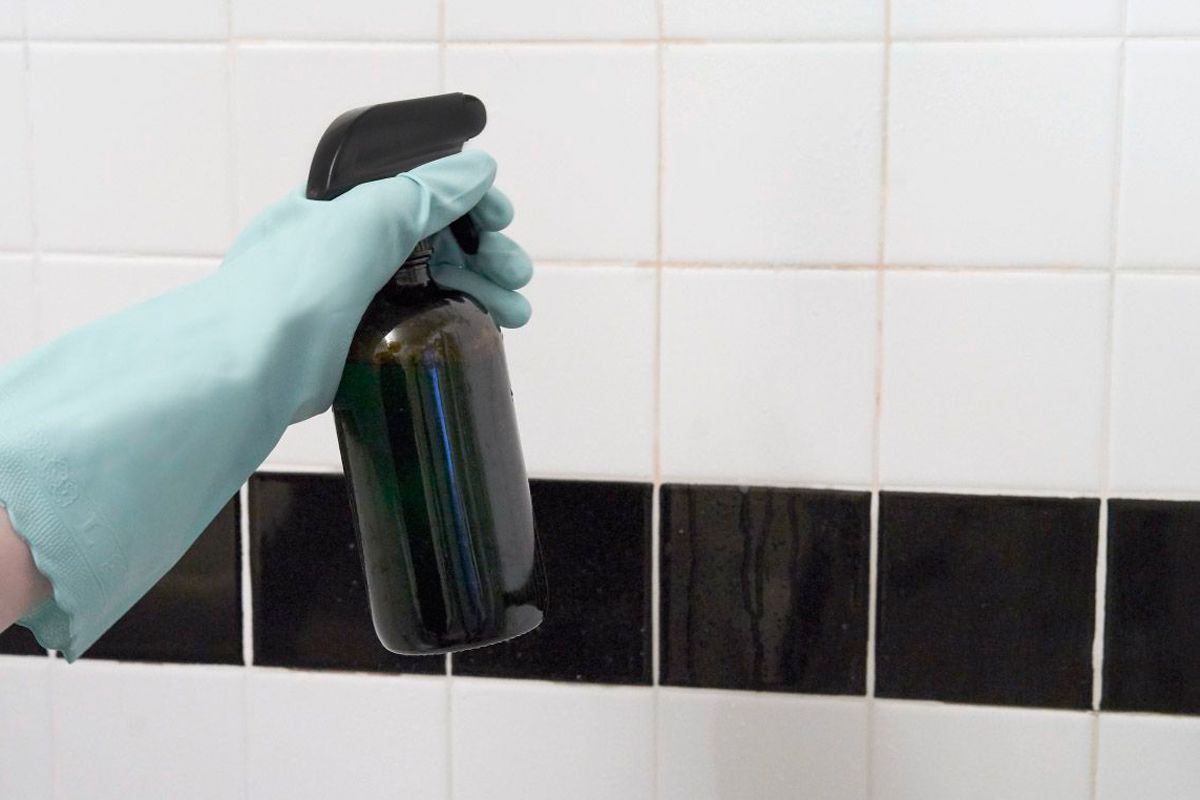

Bathroom Fixtures
How To Remove Rust From A Shower Tile
Modified: January 19, 2024
Learn how to effectively remove rust from your shower tile and bathroom fixtures with our expert tips and techniques. Keep your bathroom looking clean and fresh with our easy rust removal solutions.
(Many of the links in this article redirect to a specific reviewed product. Your purchase of these products through affiliate links helps to generate commission for Storables.com, at no extra cost. Learn more)
Introduction
Welcome to the ultimate guide on how to remove rust from shower tiles! Rust can be a persistent and unsightly problem in bathrooms, especially on shower tiles. It not only detracts from the aesthetic appeal of your bathroom but also indicates potential damage to the tiles. However, fear not! With the right approach and materials, you can effectively banish rust and restore the pristine beauty of your shower tiles.
In this comprehensive guide, we will delve into the intricacies of rust removal, equipping you with the knowledge and techniques necessary to tackle this common issue. Whether you are a seasoned DIY enthusiast or a novice looking to take matters into your own hands, this step-by-step guide will empower you to tackle rust with confidence.
We will discuss the nature of rust, the materials needed for the removal process, and the precise steps to follow for successful rust removal. Additionally, we will explore preventive measures to help you avoid future rust buildup and maintain the allure of your shower tiles.
So, if you're ready to bid farewell to rust and reclaim the luster of your shower tiles, let's embark on this journey together. By the end of this guide, you'll be equipped with the expertise to tackle rust removal and keep your bathroom looking fresh and inviting. Let's dive in!
Key Takeaways:
- Say goodbye to rust on shower tiles! Follow our step-by-step guide to remove rust and restore the beauty of your bathroom tiles with confidence.
- Keep your shower tiles rust-free! Learn preventive measures to maintain the allure of your tiles and enjoy a clean, inviting bathroom space for years to come.
Read more: How To Remove Rust From A Shower Caddy
Understanding Rust
Before delving into the removal process, it’s essential to understand the nature of rust and why it poses a persistent challenge in bathrooms, particularly on shower tiles. Rust, scientifically known as iron oxide, is a reddish-brown coating that forms on iron or steel surfaces when exposed to moisture and oxygen over time. In a bathroom environment, the constant presence of water and humidity creates an ideal breeding ground for rust formation.
Shower tiles, often made of ceramic or porcelain, are not immune to rust. When metal fixtures, such as shower caddies, shelves, or even the metal components of the showerhead, come into contact with water and are not adequately dried, they can leave behind rust stains on the tiles. These stains not only compromise the appearance of the tiles but also indicate potential corrosion and damage.
Rust not only affects the visual appeal of shower tiles but can also compromise their structural integrity over time. If left unchecked, it can lead to pitting and deterioration of the tile surface, potentially necessitating costly repairs or replacements. Therefore, addressing rust in its early stages is crucial to preserving the longevity and aesthetics of your shower tiles.
Moreover, the presence of rust in the bathroom can detract from the overall ambiance and cleanliness of the space. By understanding the factors contributing to rust formation and its impact on shower tiles, you’ll be better equipped to tackle this issue effectively. With this knowledge in mind, let’s proceed to the essential materials needed to combat rust and restore the beauty of your shower tiles.
Materials Needed
Before embarking on the rust removal process, it’s crucial to gather the necessary materials to ensure a thorough and effective restoration of your shower tiles. The following items are essential for this undertaking:
- Rust Remover: Select a high-quality rust remover specifically formulated for use on tiles and other bathroom surfaces. Look for a product that is safe for the material of your tiles, whether ceramic, porcelain, or another type.
- Protective Gear: Prioritize safety by wearing rubber gloves and protective eyewear to shield your skin and eyes from the rust remover and any loosened rust particles.
- Scrubbing Tools: Acquire non-abrasive scrubbing pads or brushes suitable for use on shower tiles. Avoid harsh abrasives that could damage the tile surface.
- Vinegar or Lemon Juice: These natural acidic substances can serve as effective alternatives or supplementary agents for rust removal, particularly in milder cases.
- Baking Soda: This household staple can be used in combination with vinegar or lemon juice to create a gentle yet potent cleaning paste for tackling rust stains.
- Clean Cloth or Sponge: Have a soft, clean cloth or sponge on hand for wiping and rinsing the treated areas.
- Water and Bucket: Ensure access to water for rinsing and diluting the rust remover or other cleaning solutions.
- Towel or Rag: Keep a towel or rag nearby for drying the tiles after the rust removal process.
- Sealant (Optional): If the tiles have sustained damage from rust, consider having a suitable sealant or touch-up paint to restore their protective coating and appearance.
By assembling these materials, you’ll be well-prepared to address rust stains on your shower tiles effectively and efficiently. With the right tools at your disposal, you can proceed with confidence to restore the pristine beauty of your bathroom tiles. Now that we have our materials ready, let’s move on to the step-by-step process of removing rust from shower tiles.
Step 1: Prepare the Area
Before initiating the rust removal process, it’s essential to prepare the surrounding area to ensure a safe and effective cleaning operation. Here’s how to prepare the area for rust removal from your shower tiles:
- Ventilate the Bathroom: Open windows and turn on the exhaust fan to facilitate air circulation and minimize exposure to fumes from the rust remover or other cleaning agents.
- Protective Gear: Put on rubber gloves and safety goggles to shield your skin and eyes from the rust remover and any potential splashes or fumes.
- Clear the Area: Remove any personal care products, bath accessories, or items from the shower area to create unobstructed access to the affected tiles.
- Test in a Small Area: If using a new rust remover or cleaning solution, perform a patch test in a discreet area of the tiles to ensure compatibility and assess the product’s effectiveness without risking damage to the entire surface.
- Read Product Instructions: Familiarize yourself with the specific guidelines and safety precautions outlined by the rust remover manufacturer. Adhering to these instructions is crucial for achieving optimal results and ensuring personal safety.
By taking these preparatory steps, you’ll create a conducive and safe environment for addressing rust stains on your shower tiles. With the area properly prepped and your safety ensured, you’re ready to proceed to the next crucial phase: applying the rust remover to banish those stubborn rust stains. Let’s move on to the next step and begin the transformative process of rejuvenating your shower tiles.
Step 2: Apply the Rust Remover
Now that the area is prepared, it’s time to apply the selected rust remover to the affected shower tiles. Follow these steps to effectively apply the rust remover and begin the process of eliminating stubborn rust stains:
- Read and Follow Instructions: Carefully review the manufacturer’s instructions for the rust remover. Ensure that you understand the recommended application method and any safety precautions.
- Apply the Rust Remover: Using a clean cloth or sponge, apply the rust remover directly to the affected areas of the shower tiles. Ensure thorough coverage of the rust stains, allowing the product to penetrate and loosen the rust particles.
- Allow Dwell Time: Follow the specified dwell time recommended by the rust remover manufacturer. This allows the product to effectively break down the rust and facilitate easier removal.
- Monitor the Progress: As the rust remover works its magic, periodically check the treated areas to observe the progress. You may notice the rust stains beginning to dissolve or loosen from the tile surface.
- Reapply if Necessary: For stubborn or extensive rust stains, consider reapplying the rust remover as directed by the product instructions. This additional application can further enhance the effectiveness of the rust removal process.
By carefully applying the rust remover and allowing it to work its way into the rust stains, you’re taking a significant step toward restoring the pristine appearance of your shower tiles. With the rust particles loosened and ready for removal, the next step involves employing gentle yet effective scrubbing techniques to banish the remnants of rust from the tiles. Let’s proceed to the next step and delve into the art of scrubbing the tiles to unveil their inherent beauty once more.
Mix equal parts of white vinegar and water in a spray bottle. Spray the solution onto the rust stains and let it sit for 10-15 minutes. Scrub the area with a brush or sponge, then rinse with water. Repeat if necessary.
Read more: How To Remove Rust From Shower Curtain Hooks
Step 3: Scrub the Tile
With the rust remover having effectively loosened the rust stains, it’s time to employ gentle yet thorough scrubbing to lift the remaining remnants of rust from the shower tiles. Follow these steps to ensure a meticulous and successful scrubbing process:
- Select the Appropriate Scrubbing Tool: Choose a non-abrasive scrubbing pad or brush suitable for use on the type of tiles in your shower. Avoid abrasive materials that could damage the tile surface.
- Dampen the Scrubbing Tool: Moisten the scrubbing pad or brush with water to create a gentle yet effective cleaning surface. Avoid excessive saturation, as this can dilute the effectiveness of the rust remover.
- Gently Scrub the Tiles: With the moistened scrubbing tool, delicately work over the treated areas of the tiles, focusing on the areas with visible rust stains. Employ circular or back-and-forth motions to dislodge the loosened rust particles from the tile surface.
- Monitor Progress and Adjust Pressure: As you scrub, periodically assess the progress of rust removal. If necessary, adjust the pressure applied to the scrubbing tool to ensure thorough but cautious removal of the rust stains.
- Rinse and Reassess: After scrubbing, rinse the treated areas with water to remove any residual rust remover and loosened rust particles. Take a moment to assess the results and determine if further scrubbing is needed in specific areas.
By delicately scrubbing the tiles, you’ll effectively lift the remaining traces of rust, unveiling the renewed luster of your shower tiles. With the rust stains banished and the tiles looking revitalized, the final steps involve rinsing and drying the treated areas to complete the restoration process. Let’s move on to the next step and bring your shower tiles one step closer to their former glory.
Step 4: Rinse and Dry
As the scrubbing process concludes, it’s crucial to thoroughly rinse and dry the treated areas to complete the rust removal process and reveal the renewed brilliance of your shower tiles. Follow these steps to ensure a comprehensive rinsing and drying process:
- Rinse the Tiles: Using clean water, thoroughly rinse the treated areas of the shower tiles to remove any residual rust remover, loosened rust particles, and cleaning residue. Ensure complete removal of all cleaning agents from the tile surface.
- Inspect for Residual Stains: After rinsing, inspect the tiles for any remaining rust stains. If stubborn stains persist, consider repeating the rust removal process or employing targeted spot treatments to address specific areas.
- Dry the Tiles: With a clean, dry cloth or towel, carefully dry the treated areas of the shower tiles. Ensure thorough drying to prevent the accumulation of moisture, which could potentially lead to future rust formation.
- Assess the Results: Take a moment to admire the revitalized appearance of your shower tiles. Appreciate the transformation and the successful eradication of rust stains, restoring the beauty and cleanliness of your bathroom space.
With the tiles meticulously rinsed and dried, the rust removal process is now complete, and your shower tiles have been rejuvenated to their former allure. However, to ensure the longevity of this transformation and prevent future rust buildup, it’s essential to implement preventive measures to safeguard your tiles against corrosion and maintain their pristine condition. Let’s explore these preventive strategies to preserve the beauty of your shower tiles for the long term.
Preventing Future Rust
After successfully removing rust from your shower tiles, it’s important to implement preventive measures to safeguard against future rust buildup and preserve the pristine appearance of your bathroom. By incorporating these proactive strategies, you can maintain the beauty of your shower tiles and minimize the risk of recurring rust stains:
- Regular Maintenance: Establish a routine for inspecting and cleaning your shower tiles to promptly address any signs of rust or corrosion. Regular maintenance can prevent small rust spots from escalating into more extensive stains.
- Keep Tiles Dry: After showering, ensure that the tiles, especially those in close proximity to metal fixtures, are thoroughly dried to prevent the accumulation of moisture that can contribute to rust formation.
- Utilize Rust-Resistant Accessories: Consider replacing standard metal shower caddies, shelves, and other accessories with rust-resistant alternatives, such as stainless steel or aluminum, to minimize the risk of rust transfer onto the tiles.
- Seal Grout Lines: Apply a high-quality grout sealer to the grout lines between tiles to create a protective barrier against moisture and potential rust infiltration, enhancing the longevity of your tiles.
- Ventilation: Ensure adequate ventilation in your bathroom to reduce humidity levels and promote air circulation, mitigating the conditions conducive to rust formation.
- Natural Cleaning Solutions: Incorporate natural cleaning solutions, such as vinegar or lemon juice, into your regular cleaning regimen. These mild acidic agents can help deter rust and maintain the cleanliness of your tiles.
By integrating these preventive measures into your bathroom maintenance routine, you can fortify your shower tiles against future rust challenges and sustain their pristine condition. With a proactive approach to rust prevention, you can enjoy a consistently inviting and aesthetically pleasing bathroom environment, free from the unsightly presence of rust stains. With the rust removal process complete and preventive strategies in place, your shower tiles are poised to maintain their allure for years to come.
Conclusion
Congratulations on successfully embarking on the journey to remove rust from your shower tiles! By following the comprehensive steps outlined in this guide, you’ve not only revitalized the appearance of your bathroom but also equipped yourself with the knowledge and techniques to address rust-related challenges effectively. The transformation of your shower tiles serves as a testament to your dedication to maintaining a clean and inviting living space.
Understanding the nature of rust and its impact on shower tiles has empowered you to tackle this common issue with confidence. By assembling the necessary materials and meticulously following the step-by-step process, you’ve banished stubborn rust stains and unveiled the inherent beauty of your tiles once more. The careful preparation, application of rust remover, gentle scrubbing, and thorough rinsing and drying have culminated in a successful restoration of your shower tiles.
Furthermore, by embracing preventive measures, you’ve fortified your shower tiles against future rust buildup, ensuring that their pristine condition endures over time. The proactive strategies you’ve implemented will serve as a shield against potential corrosion, allowing you to relish the enduring charm of your revitalized shower tiles for years to come.
As you reflect on the journey from confronting unsightly rust stains to reveling in the renewed splendor of your shower tiles, take pride in your accomplishment. Your dedication to maintaining a clean and welcoming bathroom space has yielded tangible results, reaffirming the transformative power of proactive maintenance and effective rust removal techniques.
Armed with the knowledge and experience gained from this endeavor, you’re now poised to confront future challenges with confidence, ensuring that your living environment remains a sanctuary of cleanliness and aesthetic appeal. Embrace this achievement as a testament to your commitment to preserving the allure of your home, one tile at a time.
With the rust removal process complete and your shower tiles restored to their former glory, take a moment to appreciate the revitalized ambiance of your bathroom. Your proactive approach to rust removal and prevention has not only transformed your shower tiles but also empowered you to maintain a space that exudes cleanliness, comfort, and enduring beauty.
Frequently Asked Questions about How To Remove Rust From A Shower Tile
Was this page helpful?
At Storables.com, we guarantee accurate and reliable information. Our content, validated by Expert Board Contributors, is crafted following stringent Editorial Policies. We're committed to providing you with well-researched, expert-backed insights for all your informational needs.
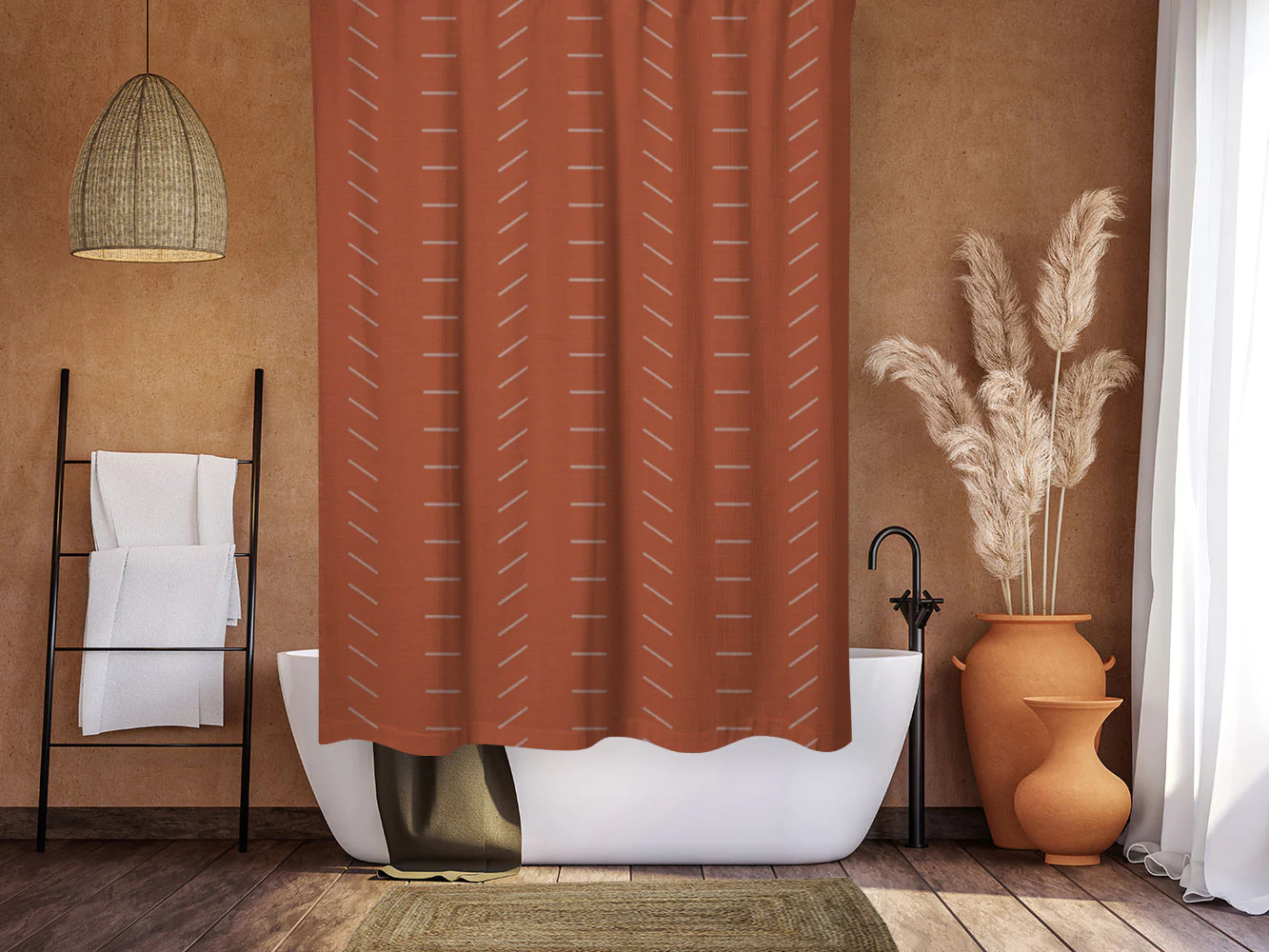
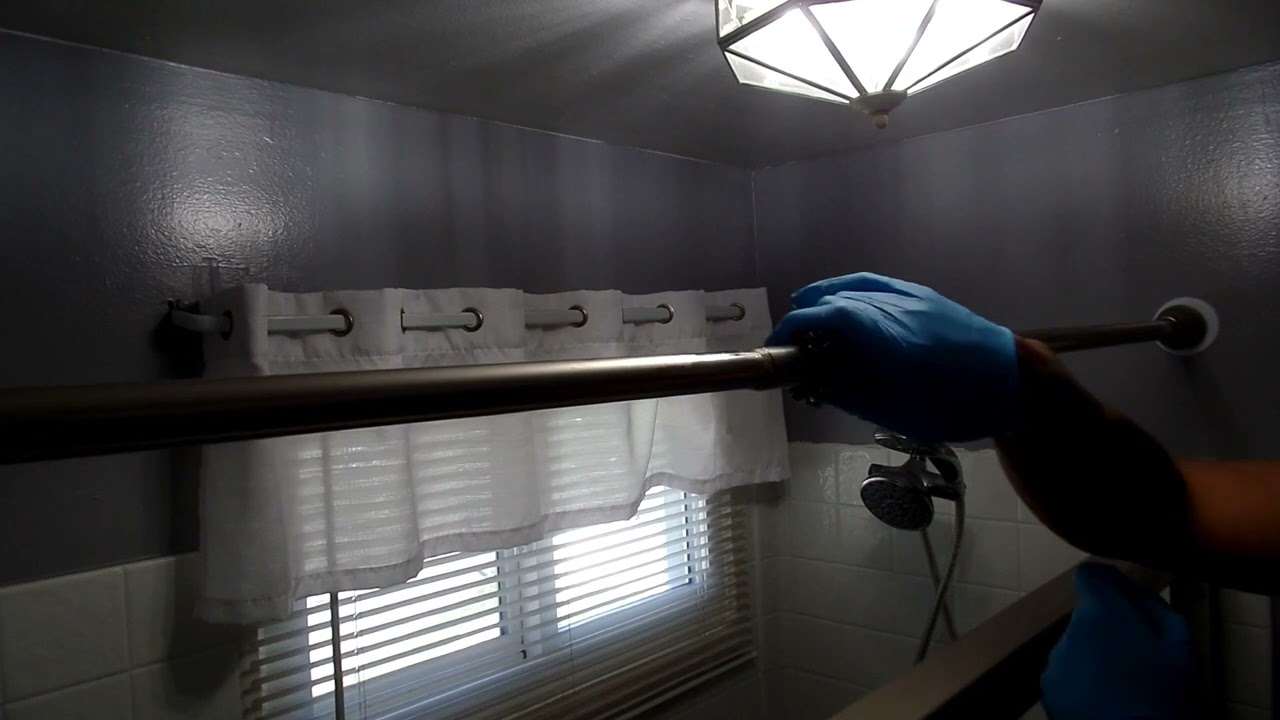
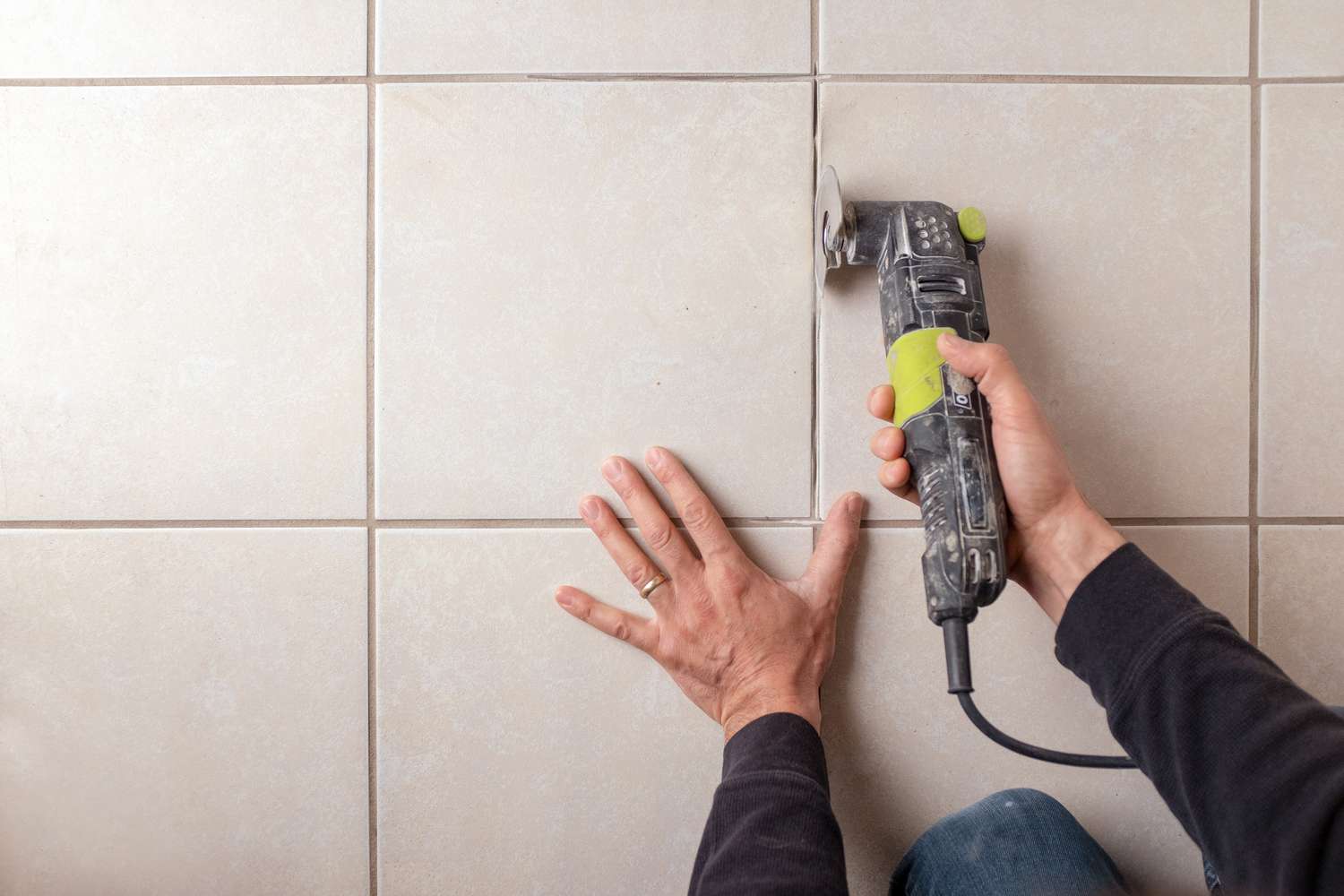
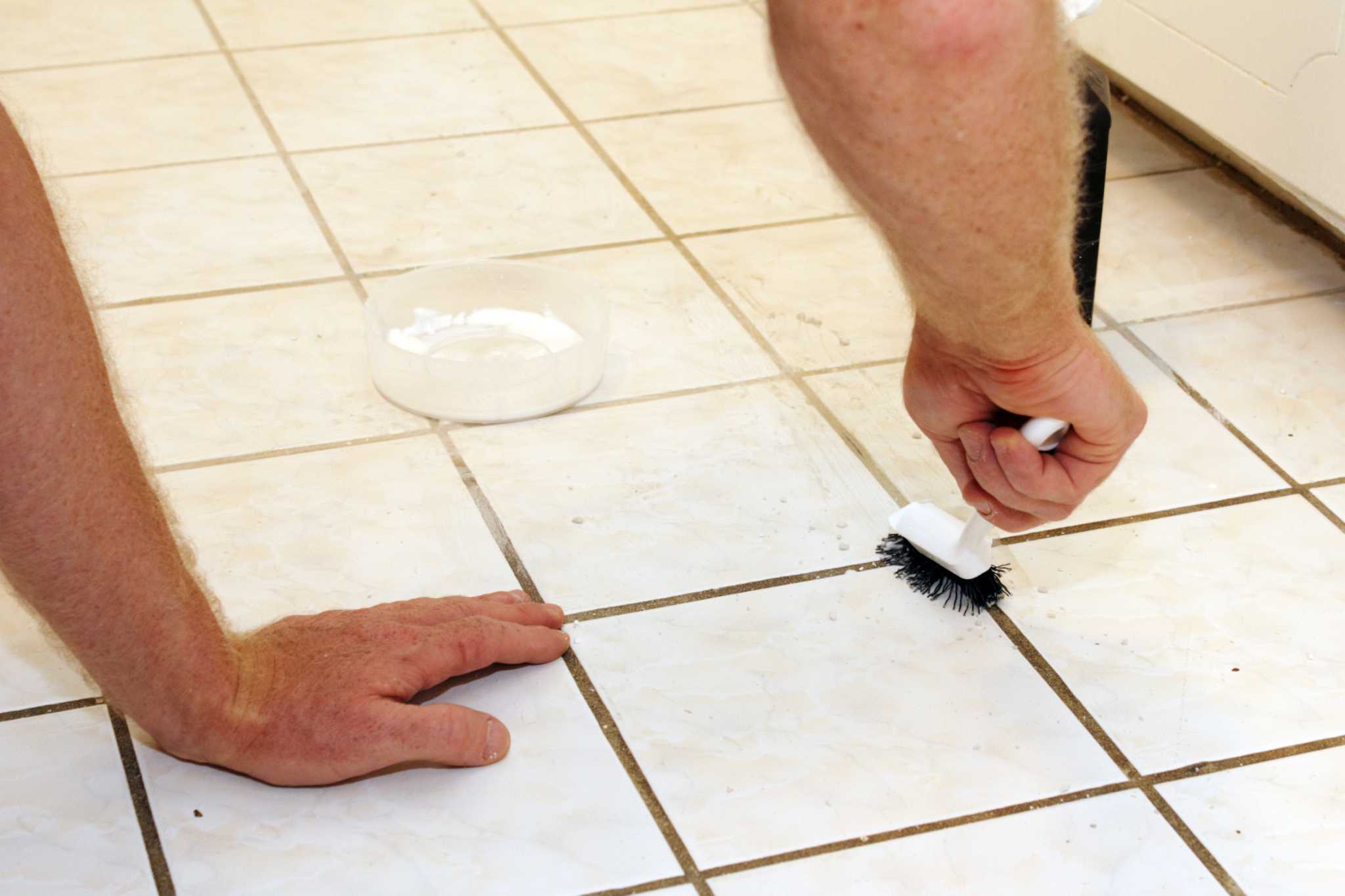
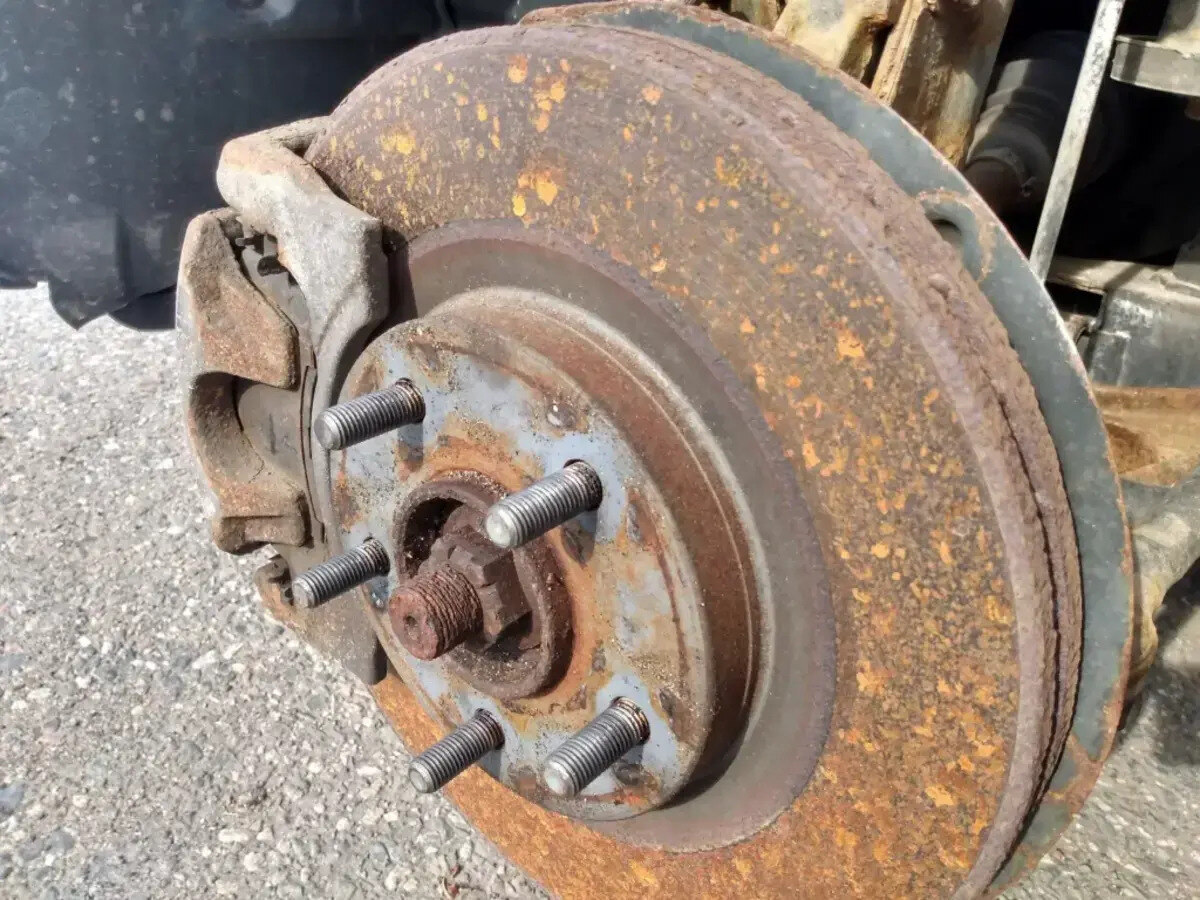
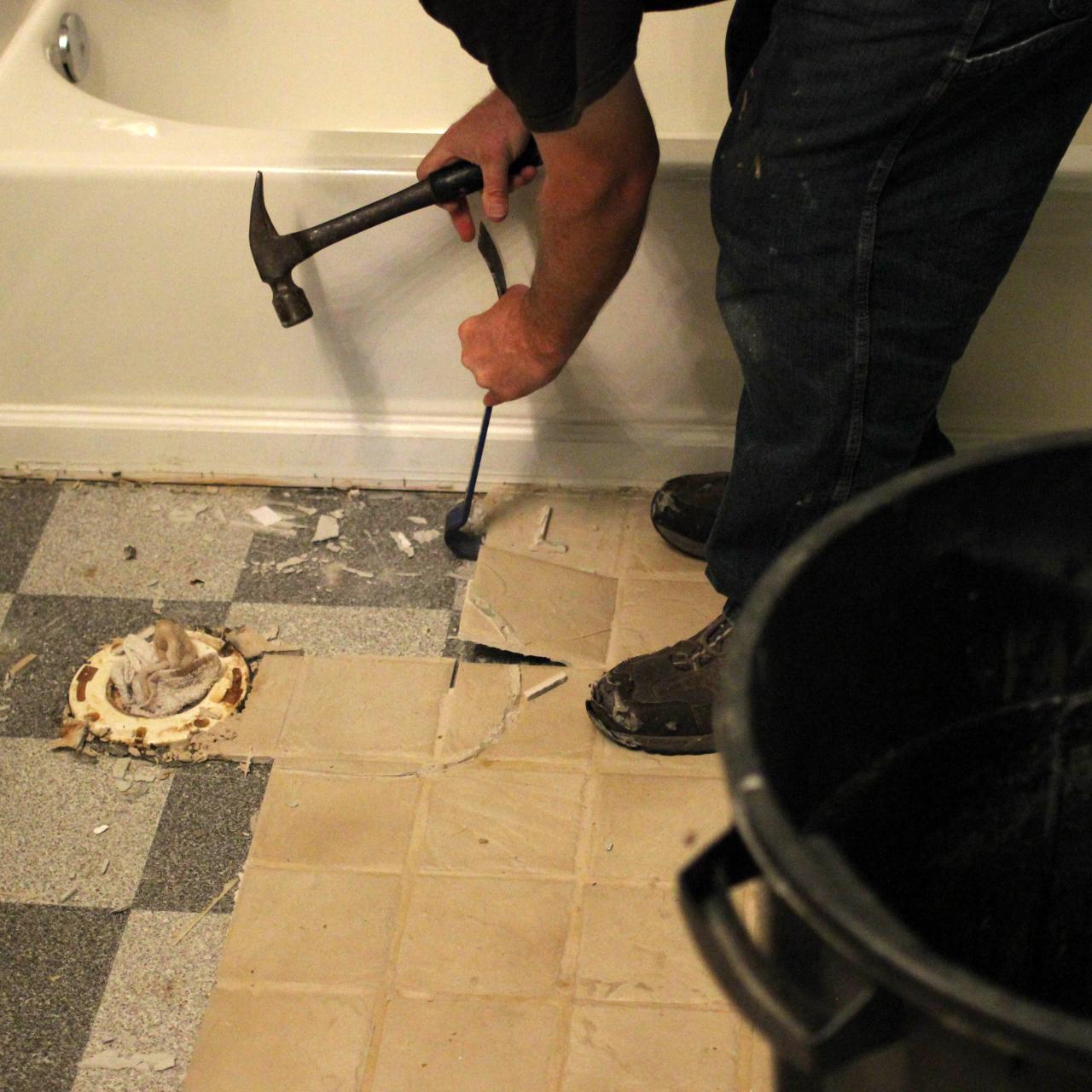
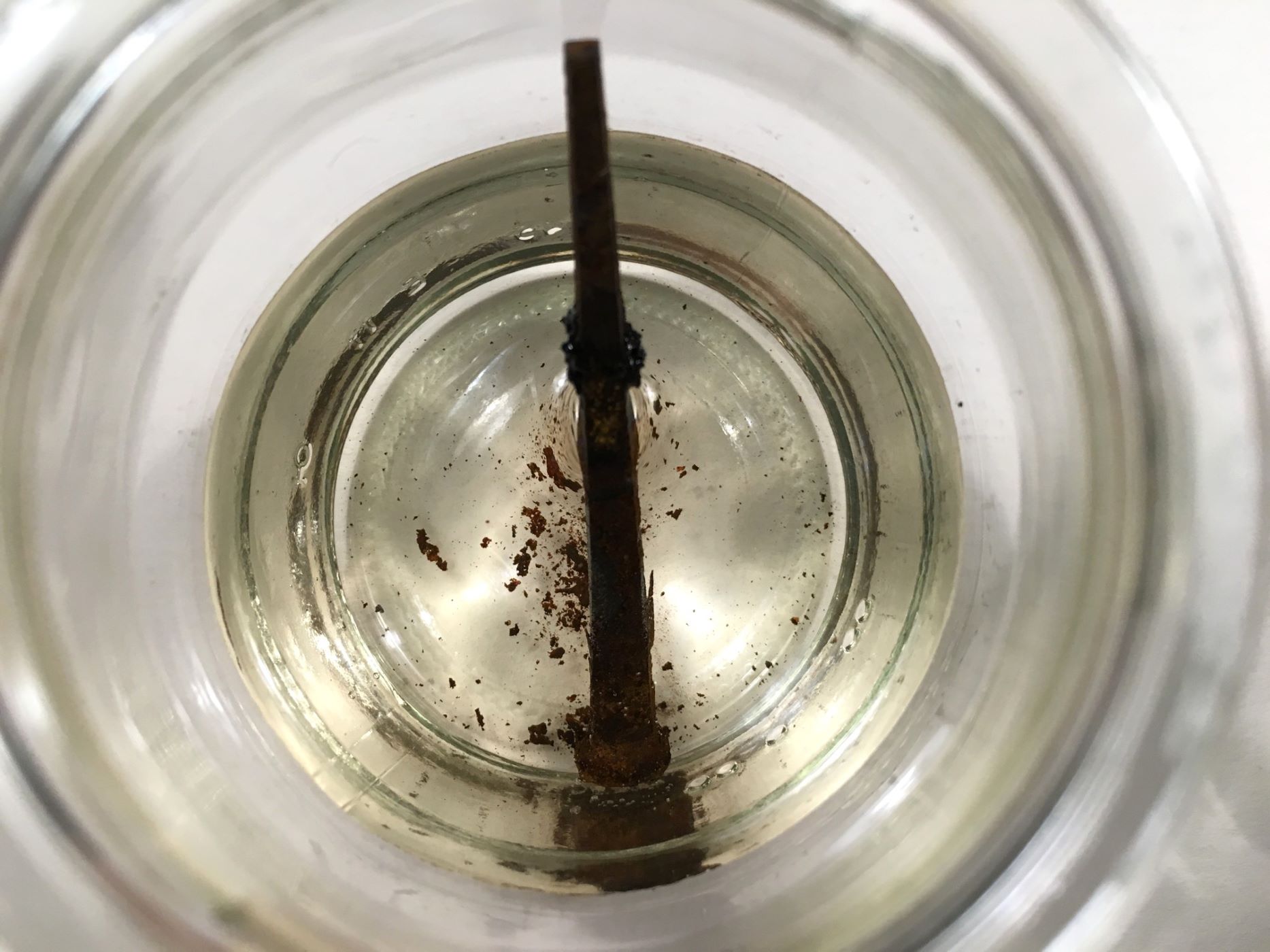
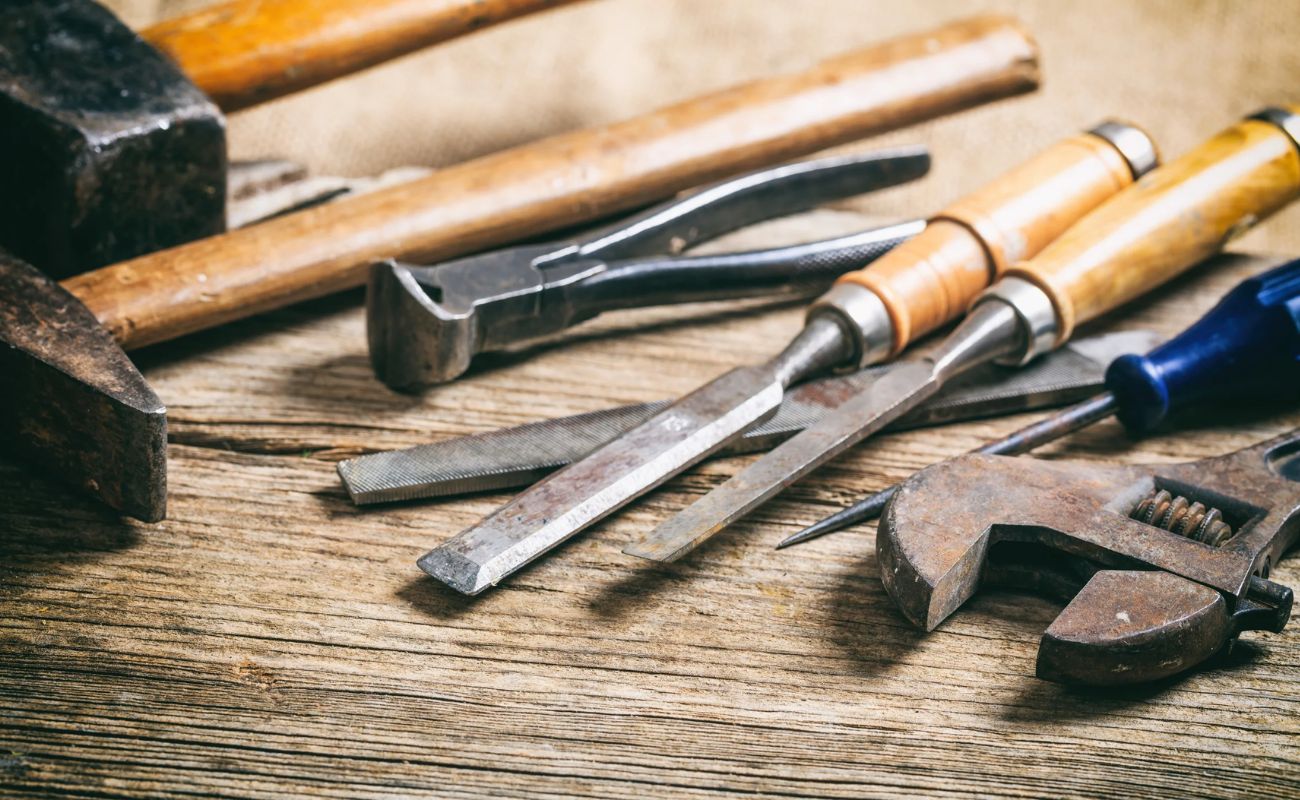

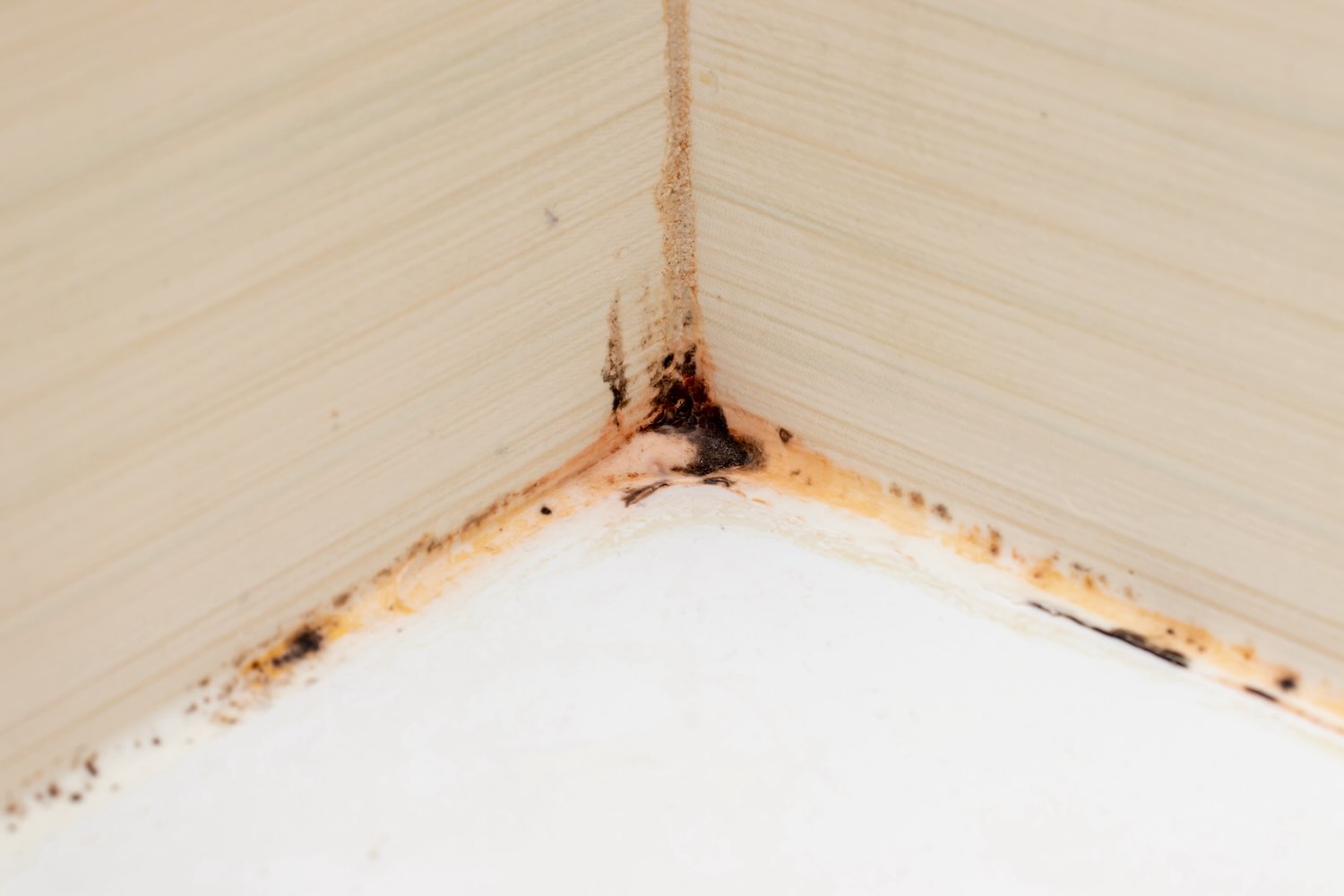
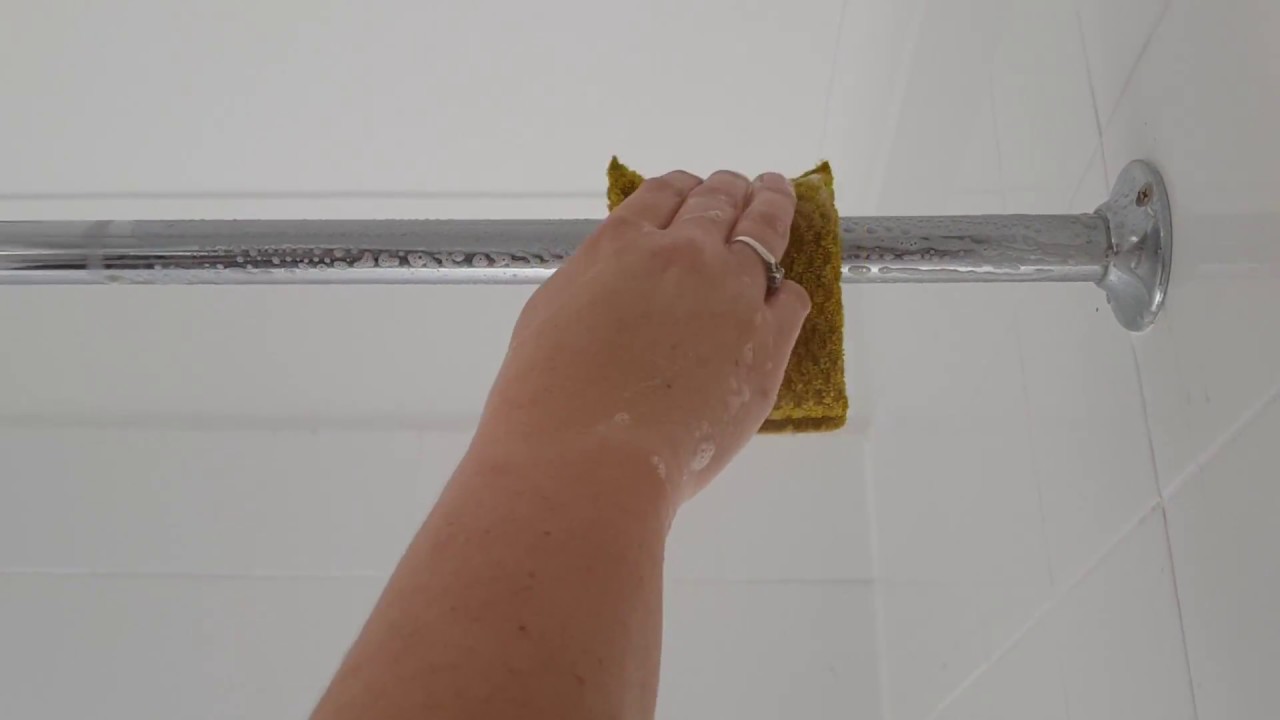
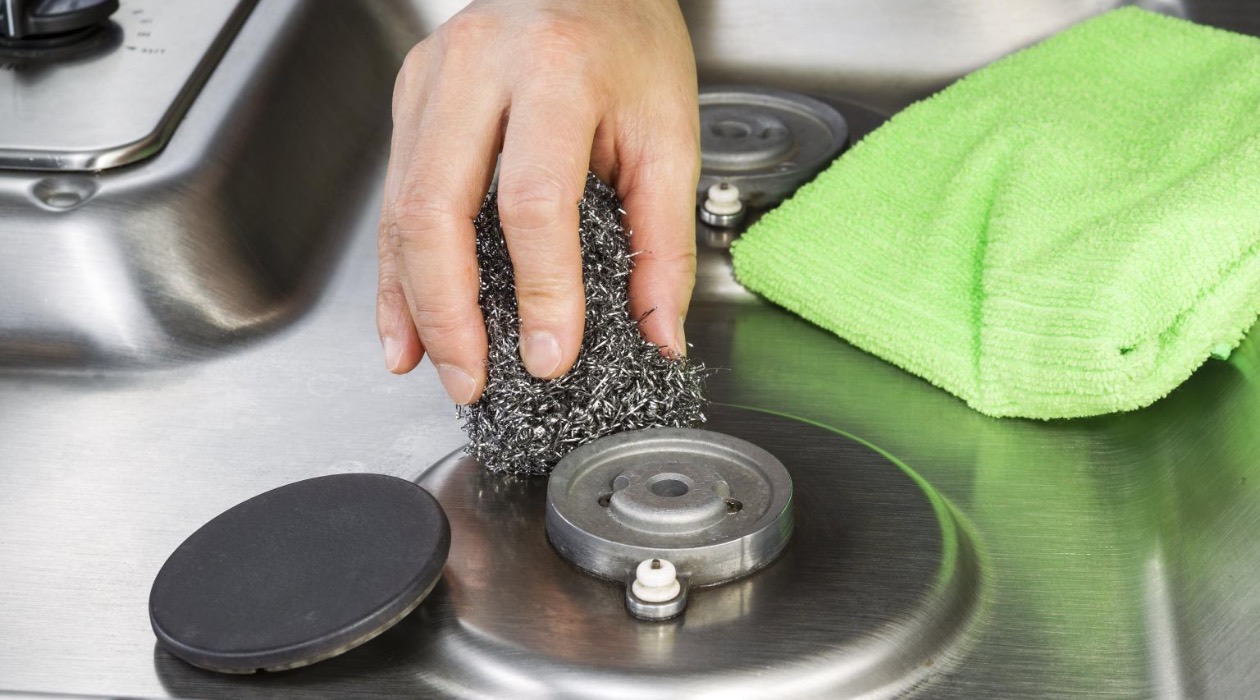
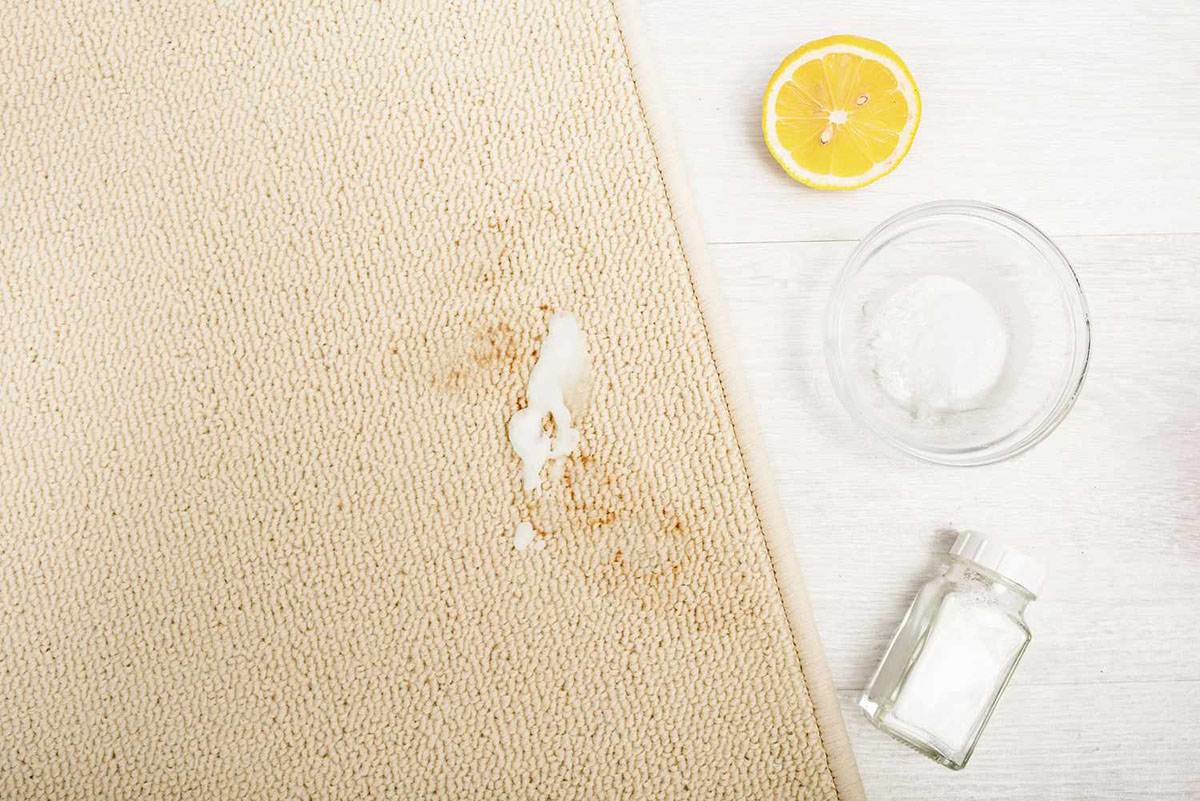
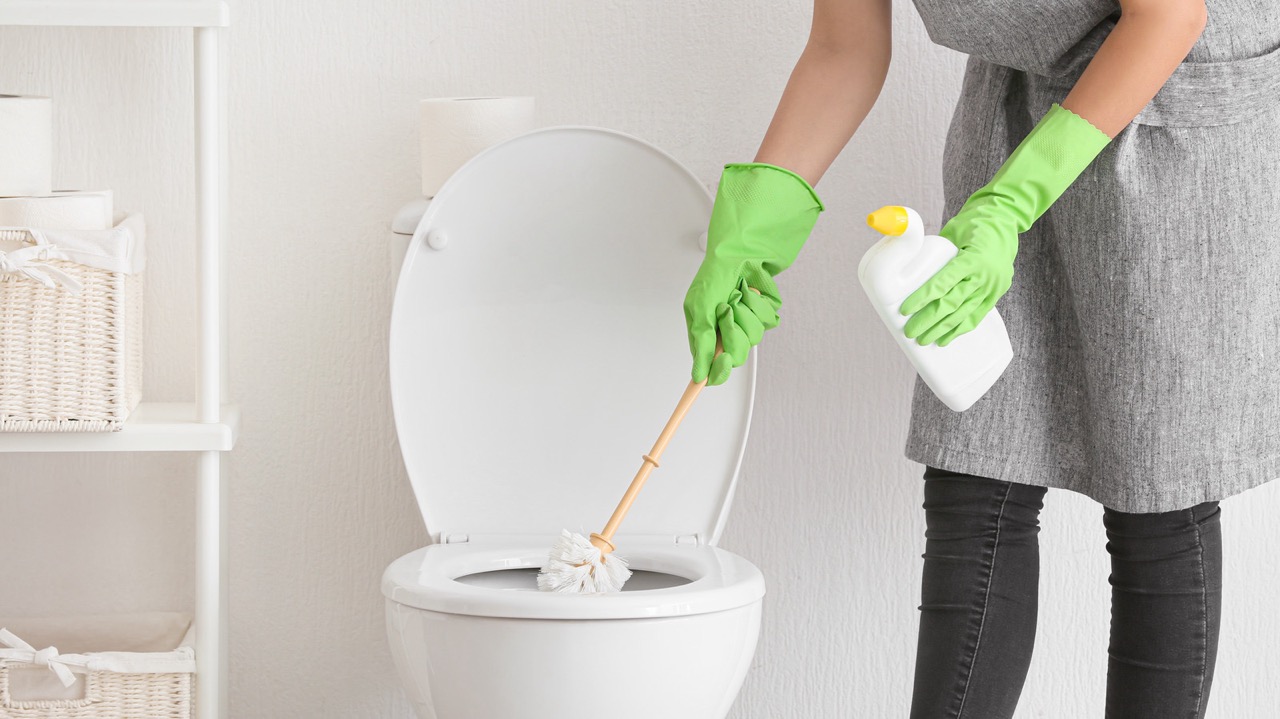

0 thoughts on “How To Remove Rust From A Shower Tile”